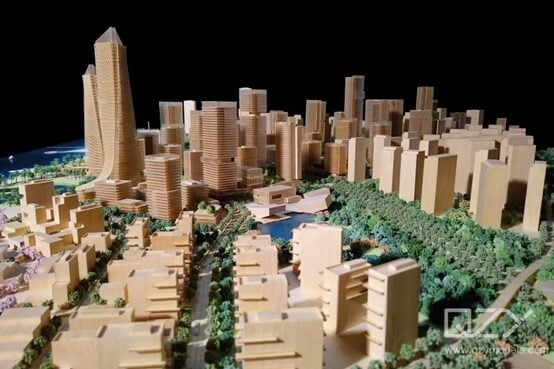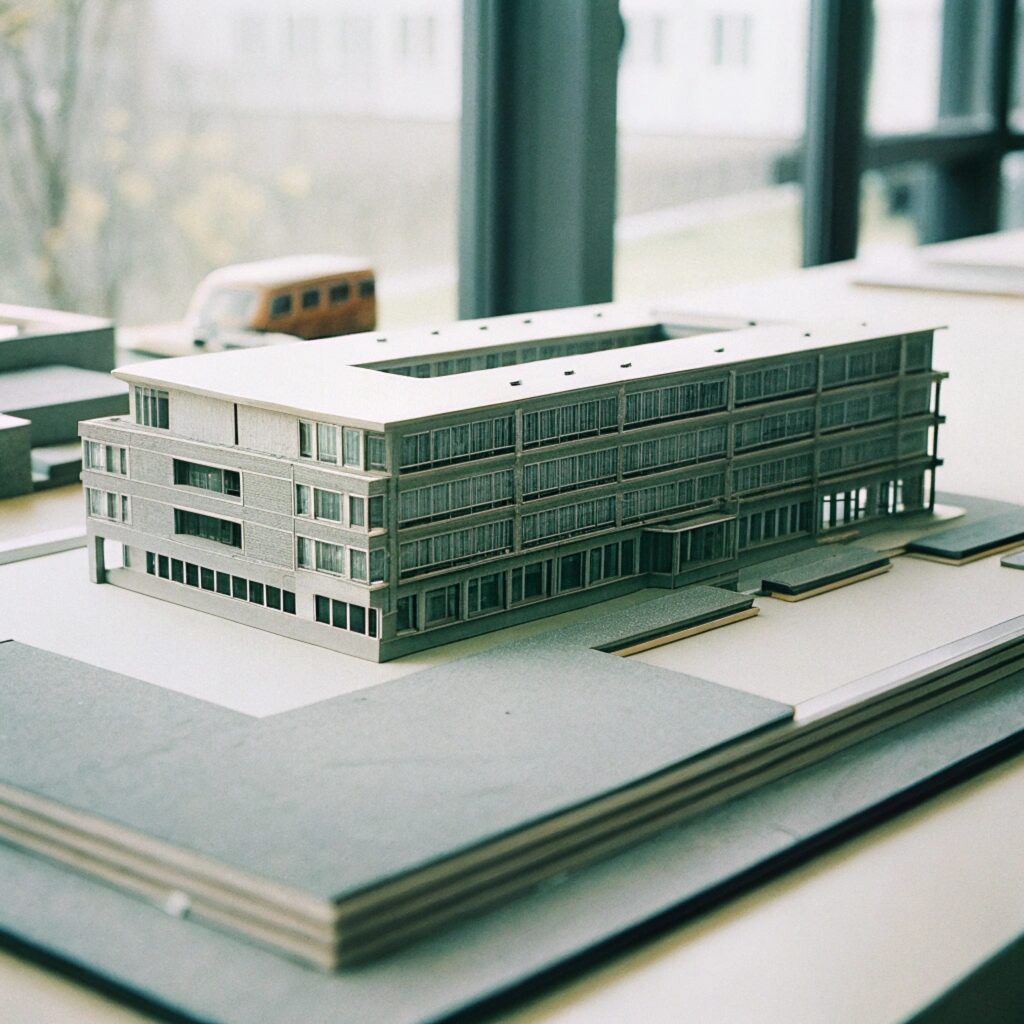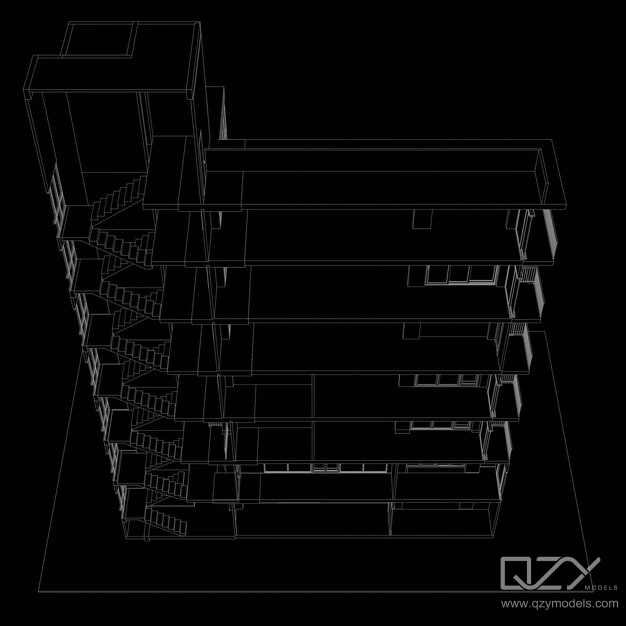Residential models offer a unique window into the world of real estate and interior design, providing tangible representations of future living spaces. This article explores the fascinating realm of residential models, unraveling their significance, diverse types, construction techniques, and their role in both the professional and educational spheres.

I. Understanding the Role of Residential Models
Residential models serve as indispensable tools for architects, interior designers, and real estate professionals, aiding in the visualization and communication of housing concepts. These scaled-down replicas of homes help clients and stakeholders understand and appreciate proposed living spaces, facilitating better decision-making and alignment of visions.
A. Effective Communication:
Residential models excel as communication tools, enabling designers to convey complex housing concepts effectively. Clients gain clarity about spatial layouts and design features, fostering productive discussions.
B. Interior Design Exploration:
Models facilitate interior design exploration, allowing designers to experiment with furniture arrangements, color schemes, and decor styles. This creative process refines the interior design and leads to aesthetically pleasing and functional living spaces.
C. Real Estate Marketing:
For real estate professionals, residential models are instrumental in marketing properties. They offer prospective buyers a realistic preview of their potential future homes, helping them make informed decisions.
II. Residential Models: A Window into Dream Homes
Residential models are essential tools for architects and designers, providing clients and stakeholders with a tangible representation of their future homes. These models play a pivotal role in visualizing, planning, and refining residential spaces.
A. Client Visualization:
Residential models enable clients to envision their dream homes in three dimensions, fostering better communication and alignment of visions between homeowners and designers.
B. Design Iteration:
Designers use models to experiment with various layouts, interior configurations, and exterior aesthetics, refining the design to create homes that are both functional and aesthetically pleasing.
C. Interior and Exterior Harmony:
Residential models help in achieving harmony between interior spaces and exterior aesthetics, ensuring that homes are not only beautiful but also well-designed for practical living.
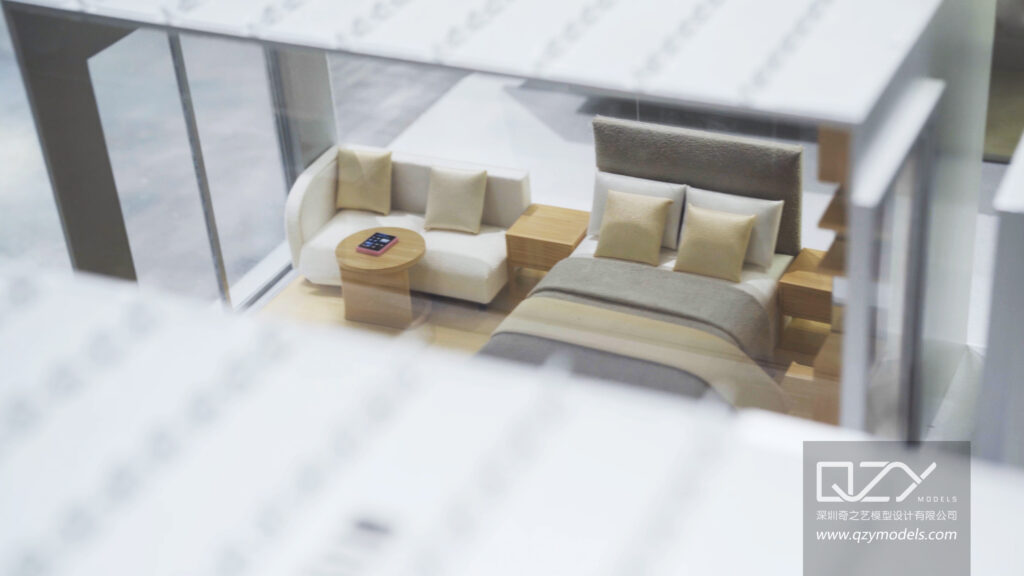
III. Types of Residential Models
Explore the diverse types of residential models that architects and designers use to bring housing concepts to life, each serving a specific purpose in the design and presentation process.
A. Conceptual Home Models:
Conceptual home models depict early-stage design ideas, focusing on conveying overall concepts, spatial relationships, and initial design visions to clients.
B. Detailed Residential Models:
Detailed residential models provide a comprehensive representation of the final design, capturing every architectural detail, interior layout, and exterior finish with precision.
C. Interior Design Models:
These models focus specifically on interior spaces, showcasing furniture arrangements, color schemes, and décor choices to help homeowners visualize the atmosphere of their future homes.
IV. Presentation and Promotion
Effective presentation and promotion are essential to convey the appeal of residential models, ensuring they make a lasting impression on clients and prospective buyers.
A. Presentation Techniques:
Designers and real estate professionals employ presentation techniques such as lighting, landscaping, and context modeling to enhance the visual appeal of residential models, creating an immersive experience.
B. Marketing and Sales:
Residential models play a pivotal role in marketing and sales efforts. They serve as central attractions in showrooms, brochures, and online listings, enticing potential buyers to explore housing projects further.
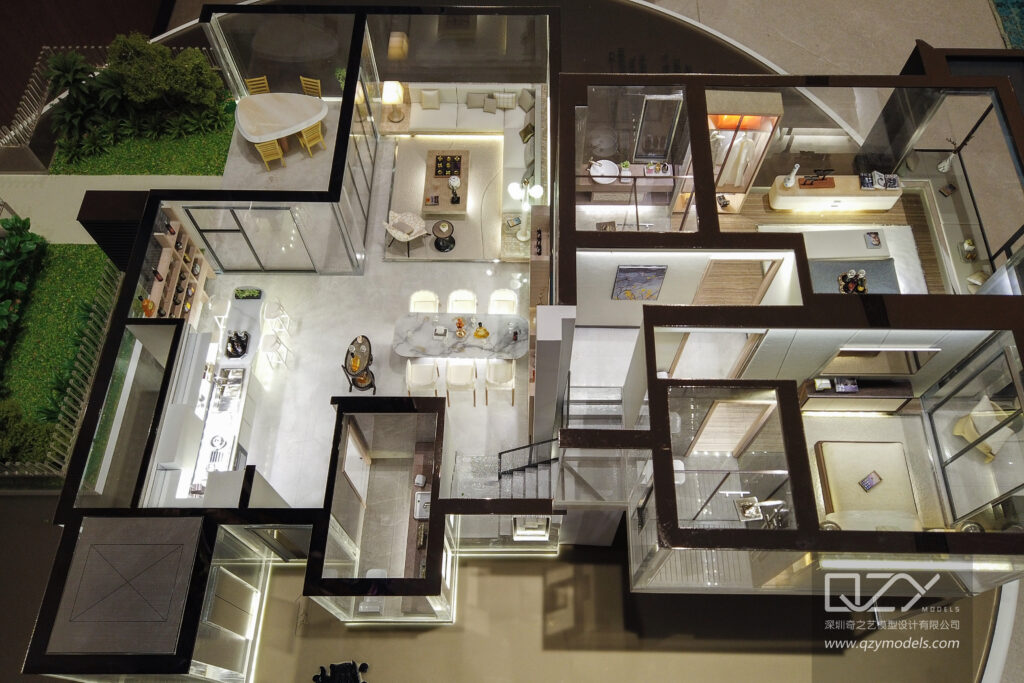
V. Residential Models as Educational Tools
Beyond their professional use, residential models serve as valuable educational tools, inspiring future architects, interior designers, and real estate experts and nurturing their creative talents.
A. Hands-On Learning:
Students and aspiring professionals can benefit from hands-on experiences with residential models, gaining practical insights into spatial design, interior decor, and real estate marketing.
B. Problem-Solving and Collaboration:
Model making fosters critical thinking, problem-solving, and collaborative skills, essential for careers in design and real estate.
C. Bridging Theory and Practice:
Residential models bridge the gap between theoretical knowledge and practical application, allowing students to apply their learning to real-world design and marketing scenarios.
D. Career Inspiration:
Exploring residential models of well-designed living spaces can inspire young minds to pursue careers in architecture, interior design, and real estate.
Residential models are invaluable tools that enhance communication, inspire innovative design, and promote informed decision-making in the real estate and design industries. As technology continues to evolve, these models will play an even more significant role in visualizing future living spaces and nurturing the next generation of creative professionals in the field of residential design and real estate.
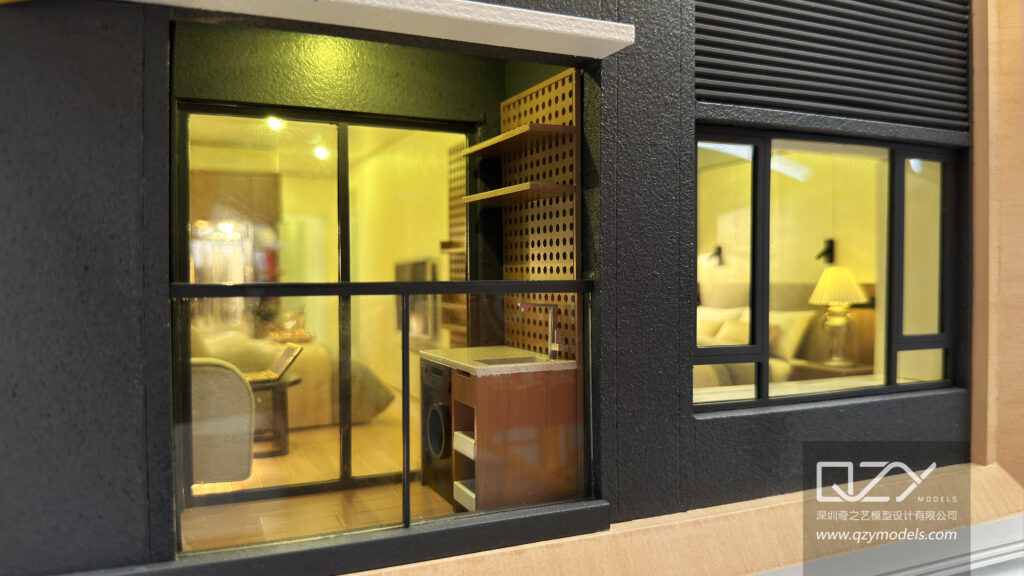
Discovering the World Through Miniatures – About Us
QZY Models, founded in 2013 in Shenzhen, China, is a leading professional team specializing in the design and production of customized physical models. Rooted in the architecture industry, QZY Models caters to diverse model production needs, ranging from furniture, interior design, architectural landscape, to urban planning. Moreover, we are continuously exploring various fields, including dynamic mechanical models, industrial equipment displays, scientific and technological principle displays, and exhibition displays, to create a diverse model service ecosystem.
Since commencing our independent business in 2013 and establishing our base in Shenzhen, ensuring quality has always remained our top priority. We have forged strong collaborations with renowned companies in over ten countries, such as the United Kingdom, the United States, Canada, and Singapore. Our completed projects span across China, the United Arab Emirates, Saudi Arabia, Egypt, Poland, Morocco, Ethiopia, and other countries. Presently, QZY Models has established branches or offices in Egypt, Morocco, Saudi Arabia, Lebanon, Italy, the Netherlands, and other locations, firmly committed to serving global customers.
For more information, please visit our official website: www.qzymodels.com

